Approximately 1.75 million species of living organisms have been identified on Earth, but when considering unidentified species, the total estimate ranges from 5 to 30 million. Life on Earth has continuously evolved and adapted, coexisting within diverse ecosystems. Among these species, some have developed unique characteristics through independent evolution.
Humans may seem central to life on Earth, but they make up only 0.01% of the planet’s total biomass. Countless other species have thrived through the process of evolution, each playing a role in the natural balance of life. Understanding and respecting these diverse organisms can help preserve their habitats and ensure a future where all species can coexist.
Common Octopus
Known as a fascinating inhabitant of the deep sea, the common octopus is a popular sight in aquariums. It has a compact body, large eyes, and reaches about 20 cm in size. Unlike typical octopuses, this species does not have an ink sac and cannot release ink. Their soft bodies collapse when removed from water due to a lack of structural support. They inhabit depths of 200m to 1000m, but much about their behavior remains unknown. Some fishermen report a distinctive odor when encountering them, and they are not commonly considered edible. Notably, they conserve energy by moving slowly along the seafloor.

Blue Bird of Paradise
Native to southeastern Papua New Guinea, the blue bird of paradise is admired for its vibrant feathers and graceful movements. Scientifically known as Paradisaea rudolphi, this bird performs elaborate courtship dances, sometimes in groups. The beauty of its plumage has made it highly regarded in local cultures. An omnivore, it feeds on a variety of foods, from fruit to insects. Once a pair is formed, the male and female work together to build a nest, though the female primarily raises the young. With a declining population of approximately 2,500 to 10,000 individuals, it is classified as an endangered species.
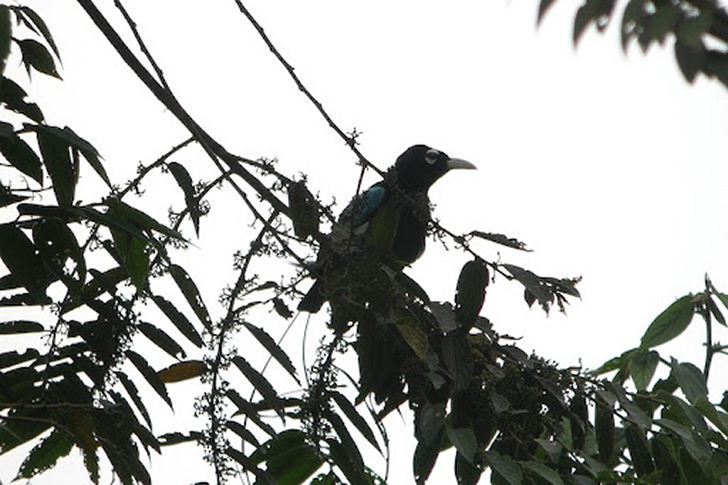
Purple Frog
Endemic to the Western Ghats of India, the purple frog is a rare and unique amphibian. Despite the discovery of its tadpoles over a century ago, the adult frog was not formally identified until 2003. It has a rounded, dark-colored body with a small, flattened mouth. Adapted to a subterranean lifestyle, it uses its specialized limbs to dig and spend most of its life underground. However, during the rainy season, it emerges to breed. Habitat loss due to deforestation and infrastructure development has led to a decline in its population, and it is now recognized as an endangered species.
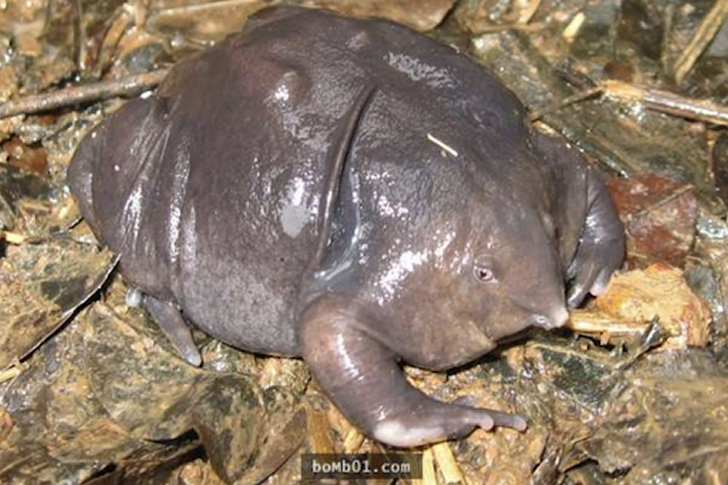
Golden Snub-Nosed Monkey
This striking monkey inhabits the forests of central and western China at altitudes between 1,200m and 3,000m. Measuring 66cm to 76cm in length and weighing 10kg to 16kg, it is distinguished by its long orange fur. Though sometimes associated with the legend of Son Goku, the connection remains uncertain. Historically, this species was widely distributed, but its population has since decreased. Conservation centers have been established across China to protect them. With a lifespan of 25 to 30 years, they are known for their gentle nature. In 2020, a wild golden snub-nosed monkey was observed interacting with residents of a village in Shaanxi Province, highlighting their adaptability.
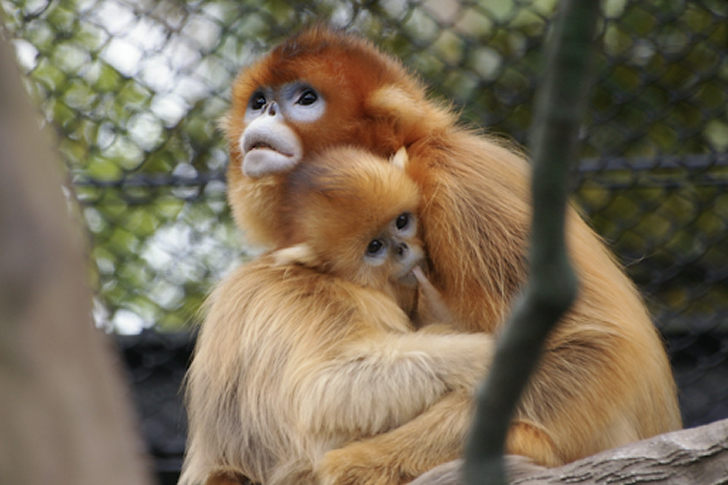
Lamprey
Often referred to as a “living fossil,” the lamprey possesses a distinctive round mouth adapted for attaching to prey. Unlike eels, it belongs to a primitive group of jawless vertebrates known as Agnatha. Using its suction-like mouth, it feeds by extracting nutrients from other fish. This ancient species has remained relatively unchanged over time, offering insights into early vertebrate evolution. In some regions, such as Hokkaido, lampreys are caught and prepared in traditional dishes.

Giant Isopod
Resembling a creature from another world, the giant isopod is an ocean-dwelling relative of pillbugs and woodlice. Found at depths of 200m to 1000m, it inhabits the deep waters of the Gulf of Mexico and the Western Atlantic. Growing up to 40cm in length and weighing around 1.7kg, it is among the largest of its kind. As a scavenger, it plays a crucial role in marine ecosystems by consuming organic matter, including decaying organisms. Notably, a giant isopod at an aquarium in Japan went five years without eating, demonstrating its remarkable ability to survive on minimal resources.
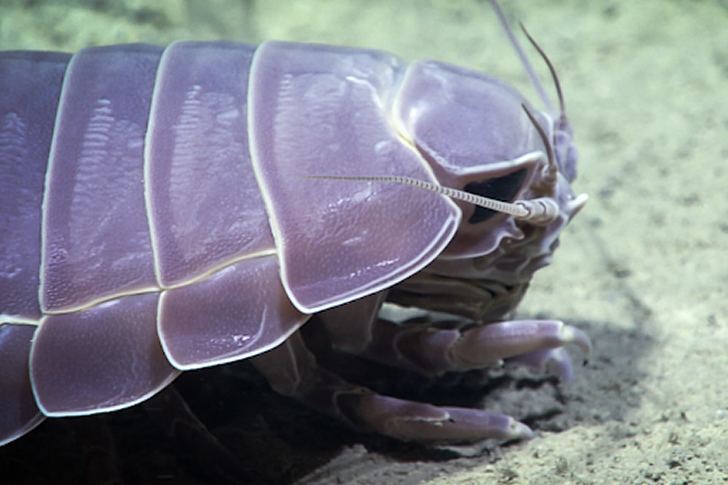
Bush Viper
A venomous snake native to sub-Saharan Africa, the bush viper is recognized for its sharp scales and striking coloration. Its appearance, with large eyes and a patterned body, gives it a distinct presence. It primarily feeds on amphibians, lizards, and birds. The venom disrupts blood clotting and can lead to serious health complications. While not typically life-threatening, its bite can cause tissue damage. As with all wildlife, maintaining a safe distance is the best approach when encountering this species.

Batfish
Batfish are intriguing marine creatures found primarily around the Galápagos Islands. Despite being fish, they are not strong swimmers and instead “walk” along the ocean floor using their fin-like limbs. Measuring about 15cm in length, their distinctive red lips remain a mystery. Their diet consists of small fish, shrimp, and crabs. In aquarium settings, they may take time to notice food, displaying a slow and deliberate nature. With no known predators, they remain a unique example of marine adaptation.
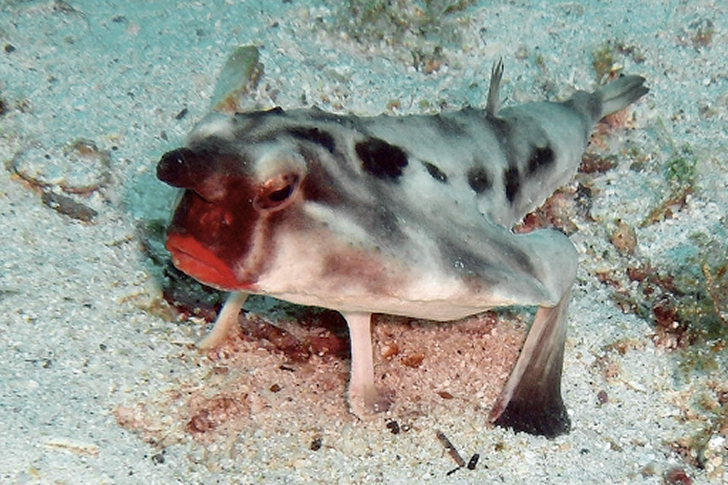
Lowland Streaked Tenrec
Residing in Madagascar, the lowland streaked tenrec is a small mammal with spiny bristles resembling a hedgehog. Measuring around 20cm and weighing between 80g and 200g, it belongs to the tenrec family, which is distantly related to elephants. One of its unique traits is the ability to produce sound by rubbing its quills together, a behavior rarely seen in mammals. Social by nature, these animals live in family groups of up to 18 individuals.

Star-Nosed Mole
Though its appearance may be unusual, the star-nosed mole possesses remarkable adaptations. Native to the marshes of North America, it weighs around 50g and relies on its highly sensitive nose to navigate its environment. This specialized organ allows it to identify food in just 0.8 seconds, making it one of the fastest-eating mammals. Additionally, it has the rare ability to detect scents underwater, a feature not commonly found among mammals. Despite its poor vision, the star-nosed mole thrives in its habitat through enhanced sensory perception.
Each of these species showcases the incredible diversity of life on Earth. By learning more about them, we can better appreciate the importance of conservation and coexistence in the natural world.

Leave a Reply